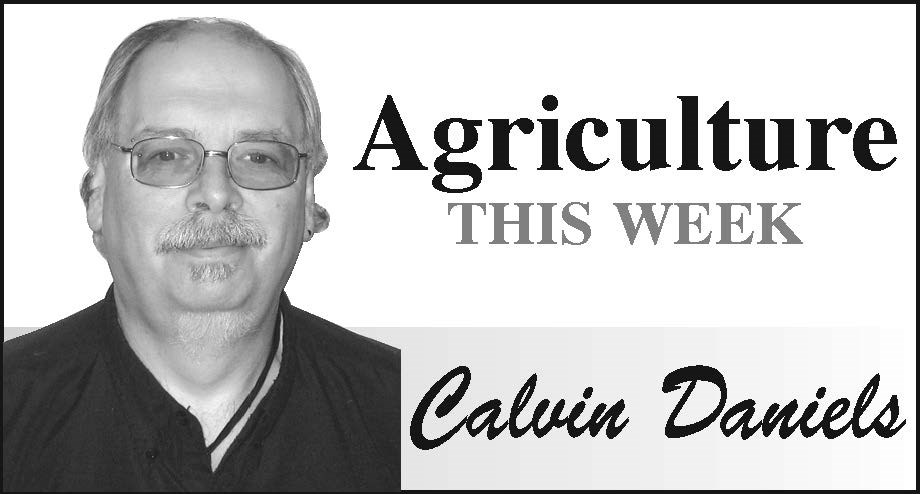The future of farming may well rely on its ability to backfill raw products as society becomes more aware of just what its decisions as consumers mean to the natural world.
Without a doubt there is increased awareness regarding what the impact of what we do has on the environment. Society is increasingly concerned when we hear about elephants С����Ƶ killed for their tusks, or what destruction of grasslands might mean to burrowing owls or black-footed ferrets, and that is generally a positive thing.
Moving forward consumers are also going to send messages with what they decide to purchase.
For example, a recent online Leader-Post article detailed “a report on tissue paper use gave failing grades to the leading toilet paper, tissue and paper towel brands for using only virgin fibre pulp, mostly from Canada’s old boreal forests.”
The report called The Issue With Tissue, noted that the United States in particular drive the demand for the softest tissue “with the average American using almost three rolls each week and major manufacturers spurning alternative fibres …
“The U.S. is followed by Germany and Britain in annual toilet paper consumption. They far out-pace the other nations. Canada isn’t in the top 10.”
Instead of looking at alternative fibres, manufacturers turn to soft woods predominantly from Canada’s forests.
The report is quoted as noting, “When the boreal and other forests are degraded, their capacity to absorb man-made greenhouse gas emissions declines. In addition, the carbon that had been safely stored in the forests’ soil and vegetation is released into the atmosphere, dramatically undermining international efforts to reduce greenhouse gas emissions.”
The solution would be to have tissue paper made from alternative materials and that is where farmers could play a significant role.
The story even suggests a couple of alternatives, bamboo, and of more interest to farmers here is wheat straw.
Another obvious answer would be hemp, a fibre source that has long been overlooked because of concerns with its relation to marijuana. The potential for hemp fibre in a wide range of products, and when you consider the tissue industry is valued at $31 billion in revenue every year in the U.S., it would be a massive market for farmers.
But the industry is unlikely to rock a $31 billion boat without a push from somewhere.
There are two possible ways to push an industry, one С����Ƶ government legislation, created to protect the soft-wood forests.
The second, and certainly the preferred method, would be for consumers to seek out tissues with alternative source materials, pushing manufacturers to make changes to hold market share.
Consumers can make a difference based on their purchasing choices if they choose to use that power effectively.
And, that might open new markets for farmers.
Calvin Daniels is Editor with Yorkton This Week.

